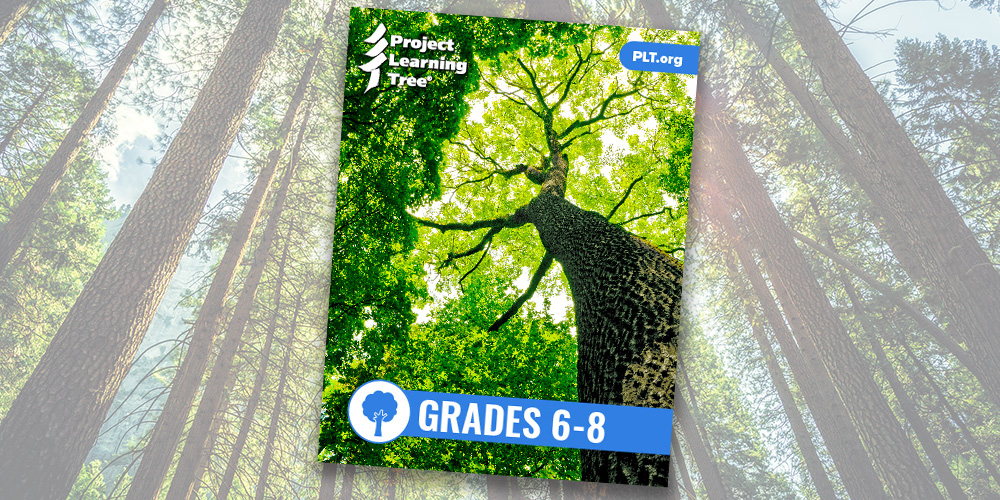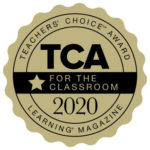Carbon & Climate
Carbon & Climate E-Unit for Grades 6-8
Climate change may be the single biggest challenge that faces our planet today, but not everyone agrees about its scope, what effects it will have on people and the environment, or how we should address it. This unit engages students in critical thinking around some complex issues.
Designed for 6th-8th grade teachers, the fully online Carbon & Climate E-Unit provides activities and resources to help educators meet these challenges, introducing students to some of the complex issues involved in climate change.
The Carbon & Climate e-unit explores these essential questions:
- What is climate?
- How does climate affect living systems?
- What role does carbon play in climate?
- What can we learn from past changes in the global climate?
- What can individuals do about climate change?
Are You a Bigfoot?
Students use a carbon footprint calculator to analyze their personal contribution to carbon dioxide (CO2) levels in the atmosphere and design a solution for reducing their carbon footprint.
Climate Time Machine
Students explore the geologic history of a region of the world to see how past climatic changes have altered the landscape, and they create museum exhibits to model what earlier climate patterns can reveal about current global temperature trends.
Is It Only Natural?
Students explore various factors that have caused climate change in the past, analyze carbon dioxide levels over time, and construct a claim, supported with evidence and reasoning.
The Carbon Cycle
Students model the movement of carbon atoms in the carbon cycle and explore the relationship between atmospheric carbon and plants.
What Is Climate
Students explore the concept of climate as they examine global climate patterns and the relationship between temperature, precipitation, and the world’s forests.
Comprehensive Standard Alignment
PLT’s Carbon & Climate E-Unit is built to teach to the standards and includes comprehensive and interactive tooltips throughout the lessons to reference academic standards.
Activities are:
- Constructed around – rather than simply correlated to – targeted performance expectations of the Next Generation Science Standards (NGSS). They build on one another to foster students’ understanding and skills for meeting specific standards.
- Aligned with the Common Core State Standards for both English Language Arts and Mathematics.
- Aligned with the College, Career, and Civic Life (C3) Framework for Social Studies.
- Organized around the Biological Sciences Curriculum Study (BSCS) 5E Instructional Model – engage, explore, explain, elaborate, and evaluate.
NGSS
Geared for sixth- through eighth-grade classrooms, the unit is built around two middle-school standards from the Next Generation Science Standards (NGSS):
5E Instructional Model
This unit is designed around the 5E Instructional Model, which incorporates the elements of engagement, exploration, explanation, elaboration, and evaluation (see Figure 1). This instructional model incorporates a variety of instructional strategies such as student exploration, critical thinking, hands-on activities, scientific argumentation, project-based learning, STEM learning, and application of 21st century skills to move students to a deep understanding of concepts explored. Studies show that when taken together, these activities result in greater student engagement, comprehension, and achievement.
Login to download supporting materials such as appendices and teaching tips.
Login
 Get this Guide
Get this Guide
 Find Training
Find Training


